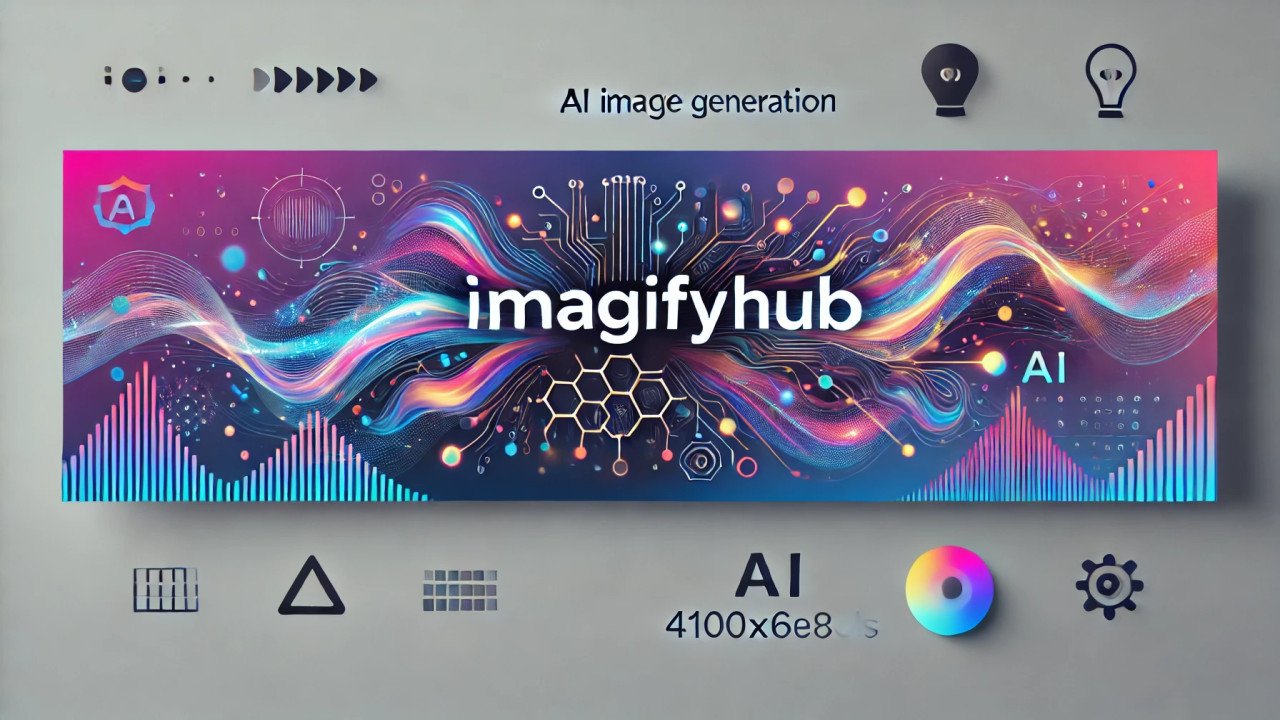Top 5 Tips for Optimizing Images for Faster Website Loading
Introduction
In today’s digital world, website speed is crucial. If your site takes too long to load, visitors may leave before even seeing what you offer. One of the primary factors affecting page load time is image size. Optimizing your images can make a massive difference in speed, user experience, and even your SEO ranking. At ImagifyHub, we're all about helping you create and optimize beautiful visuals that won’t slow down your site. Let’s dive into the top five tips for optimizing images for faster website loading.
Tip #1: Choose the Right File Format
Each image format serves a purpose, and selecting the right one can improve quality and reduce file size. Here are some common formats and when to use them:
- JPEG: Best for photographs and complex images. This format supports compression, helping reduce file sizes without much quality loss.
- PNG: Ideal for images requiring transparency, such as logos or icons. However, it usually results in larger files, so use it sparingly.
- WebP: A newer format offering high compression with quality retention. It’s widely supported across browsers and recommended for most images on modern websites.
Choosing the right format can improve load times without sacrificing image quality.
Tip #2: Compress Images Without Losing Quality
Compression is key to reducing file sizes while maintaining visual quality. There are two types of compression:
- Lossless Compression: Retains all original image data, resulting in larger files but without quality degradation.
- Lossy Compression: Reduces file size significantly by removing some data, usually with minimal quality loss.
Tools like ImagifyHub allow you to compress images without noticeable quality reduction, striking a balance between file size and clarity.
Tip #3: Resize Images to Fit Your Design
Uploading oversized images slows down load times. For example, if a section only needs an image at 300 pixels wide, avoid uploading a 2000-pixel-wide image. Most content management systems allow for easy resizing, but tools like ImagifyHub offer exact dimensions and automated resizing options. Only use the dimensions you need to prevent unnecessary loading time.
Tip #4: Use Image Caching and Lazy Loading
For sites with lots of images, caching and lazy loading can be a game-changer.
- Caching stores images in the user’s browser, so they don’t need to be downloaded on every visit.
- Lazy Loading loads images only when they’re visible on the screen, reducing the initial load time.
Implementing these techniques can significantly boost website speed, especially for image-heavy pages.
Tip #5: Leverage Image Optimization Plugins
Optimization plugins simplify the process of compressing, resizing, and converting images. ImagifyHub’s optimization plugin works automatically to keep images lightweight and your site fast. Plugins can handle bulk optimization, saving you time and ensuring every image is optimized for performance.
Conclusion
Optimizing images is one of the easiest ways to improve your website’s load speed. Choosing the right format, compressing files, resizing, using caching, and employing plugins like ImagifyHub can make a big difference. Not only will your site be faster, but visitors will also enjoy a better user experience. At ImagifyHub, we're here to make image optimization effortless for a seamless, speedy website.
CTA (Call to Action)
Ready to optimize your website images? Try ImagifyHub’s image optimization tools and start improving your website’s speed today!




Comments (0)
No comments found